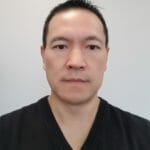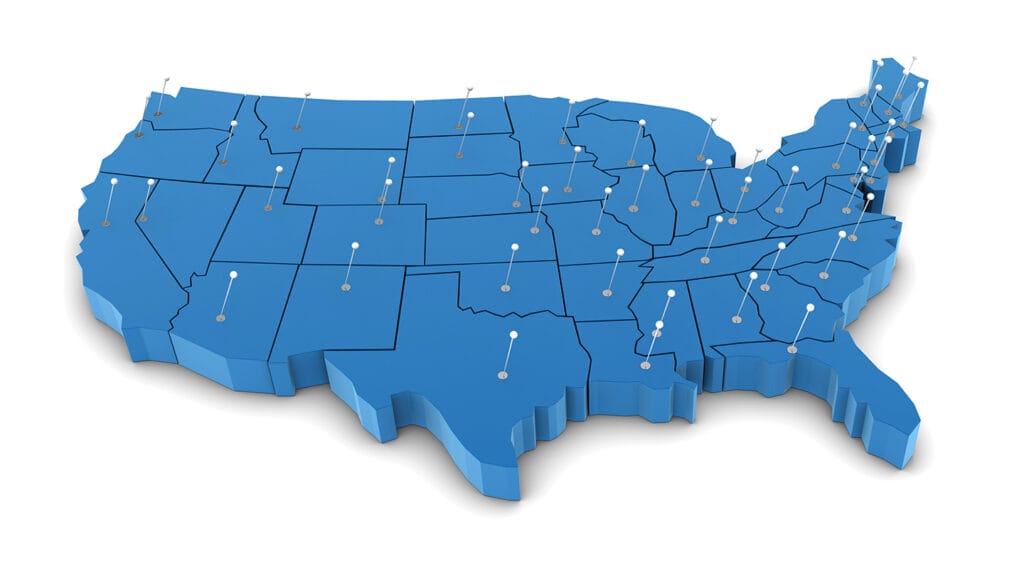Remote patient monitoring (RPM) would not be a topic of discussion if it were not for telehealth. According to a paper published in the International Journal of Environmental Research and Public Health, modern telemedicine has been around since the late 1960s with projects such as those launched by NASA with the U.S. Department of Public Health and Lockheed, and the Nebraska Psychology Institute with Norfolk State Hospital.
Its popularity and reliance on the technology, however, really rose to prominence during the COVID-19 pandemic.
During the pandemic, many people unsurprisingly opted for care at home rather than care at a hospital, rehabilitation, assisted living, skilled nursing, or long-term care facility. The emergence of telehealth made that possible. But telehealth alone is sometimes not enough, especially when caring for those battling chronic illnesses.
That’s where RPM can help.
Subset of telehealth
Remote patient monitoring, a subset of telehealth, connects patients with care providers within their own home, or outside of a traditional healthcare setting. Its biggest advantages include cutting down on patient travel costs and reducing the risk of contracting infections due to exposure to others. And while RPM can, in theory, be used by anyone, it is most advantageous for those who are dealing with chronic illnesses.
Those battling chronic illnesses have a very high probability of recurrent exacerbations, which usually necessitates medical attention. This usually leads to re-hospitalizations, but when there is daily and consistent monitoring of such chronic illnesses through the use of RPM technology, it can be caught and addressed before it gets to the point of need for re-hospitalization. Some home healthcare agencies have seen a 30% decrease in re-hospitalizations as a result of RPM.
RPM typically includes monitoring daily vital signs such as blood pressure, heart rate, glucose when indicated, weighing when indicated, and the results are reviewed by nurse practitioners. Any atypical findings are then escalated and a telehealth visit is set up to discuss the findings with the patient/caregiver, and a treatment plan is put into place to address the atypical findings. Many times, such issues are caught and addressed prior to patients needing to go to the emergency department, urgent care or even hospitalization, which was especially helpful during the pandemic, in which older people were at a higher risk of contracting and dying from the novel coronavirus.
Peace of mind for caregivers
The value of RPM, however, isn’t just for the patient. Caregivers, too, can benefit from remote patient monitoring because the technology can often give peace of mind that the patient’s signs and symptoms are continuously monitored by medical practitioners, putting less pressure and reliance on the caregiver to monitor if something goes wrong. It can also help improve the care planning process, as caregivers and providers can continually adjust care plans based on a patient’s progress all because of access to daily vitals.
The technology also helps provide better quality services and higher quality of care. Being able to provide daily monitoring for high risk patients will decrease a patient’s need for hospitalization and address potential health issues before it gets worse. Avoiding hospitalizations also avoids added risks from catching hospital illnesses.
From a financial perspective, too, remote patient monitoring means fewer hospitalizations, which benefits everyone involved from the patient, to the insurance payors, to the healthcare providers.
We’ve only just begun to scratch the surface of what home health care is capable of with the use of remote patient monitoring. COVID-19 opened the door for greater growth and development, and more widespread use of the technology, as well as greater adoption and preference for care at home. Providers are seeing the advantages of remote patient monitoring, payors are seeing the value in adding the connected health program to their benefits, and patients are more comfortable in their own home. The solution is a win-win for all those involved.
Jimmy Li is the chief executive officer at CenterLight Certified Home Health Agency in New York, a premier CHHA serving patients all throughout New York City, Long Island and Yonkers. The Agency provides community-based home health services to patients to enrich their overall health.



